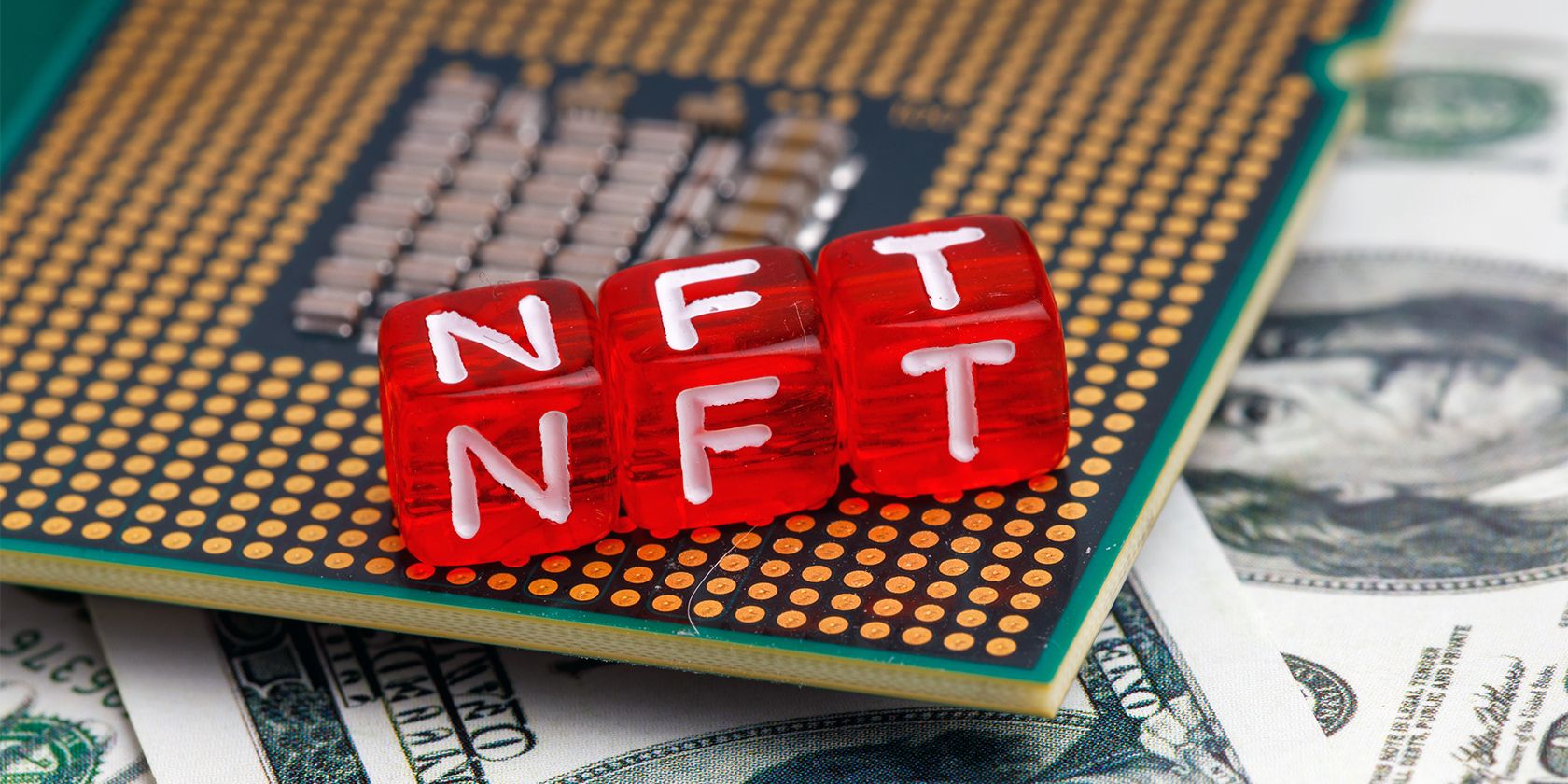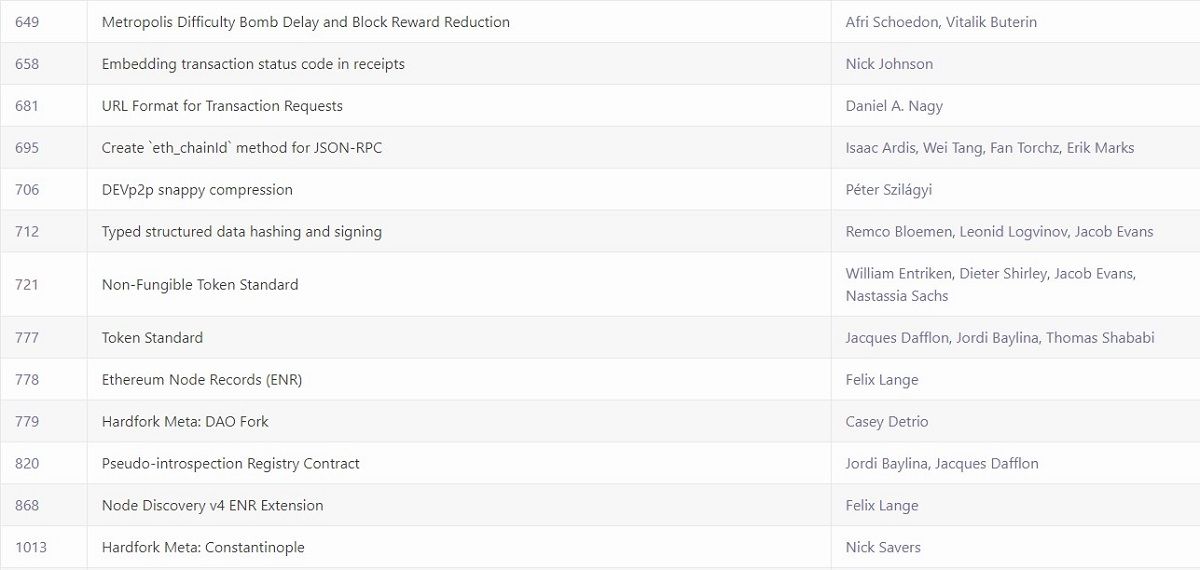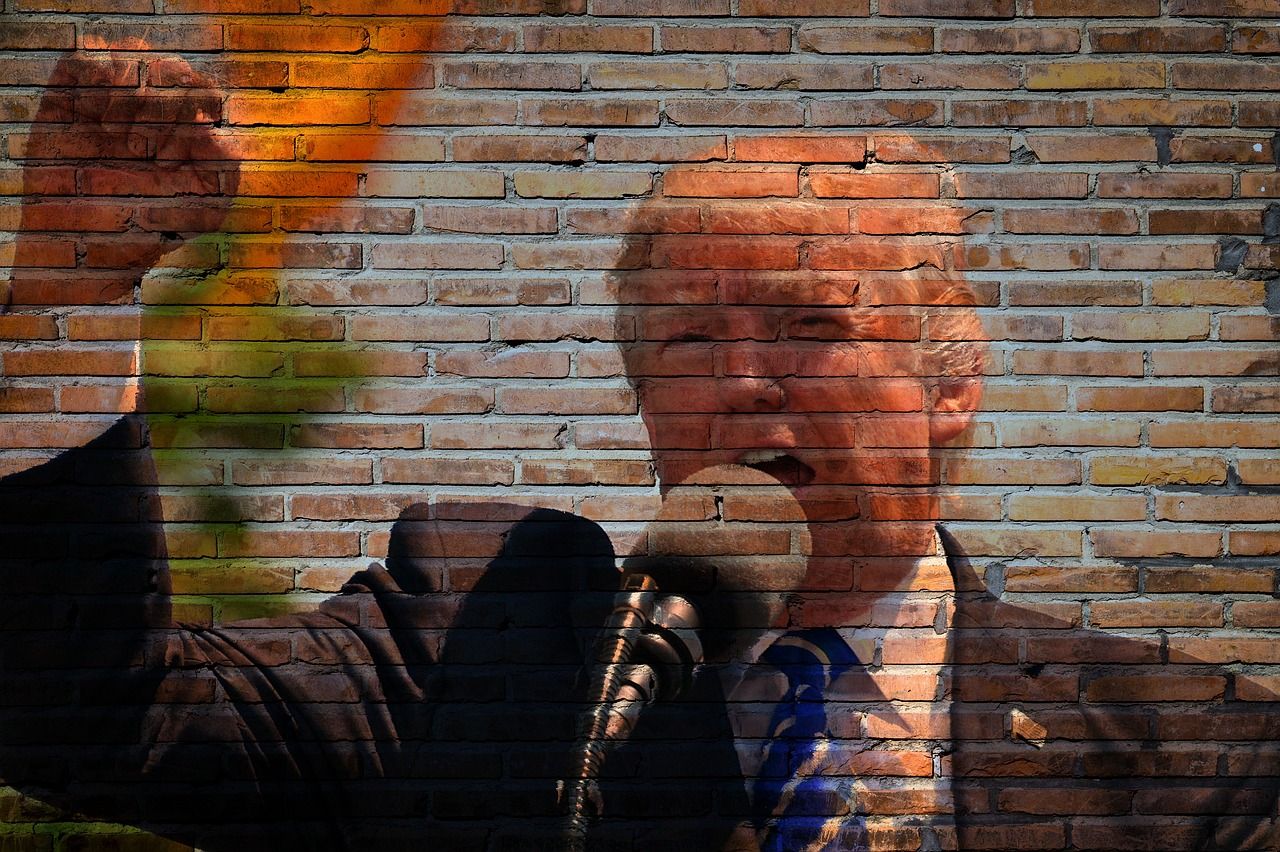NFTs are for JPEGs of monkies, right? Not always. The first significant use case for NFTs (and it is a potentially excellent use case) was digital art ownership.
However, they can do much more than just digital ownership—thanks to different NFT classes having different utilities and functions. Here are four other ways you can use an NFT.
There’s a Token for That
If you’re still catching up, yes, NFTs are tokens on a blockchain (usually Ethereum). But, users can make different tokens for different purposes using different standards. Ethereum standards come from the Ethereum Request for Comments (ERCs) that become finalized in the Ethereum Improvement Proposals (EIP).
Different Ethereum standards are referred to by the ERC number. This is an identifier assigned to ERCs based on the order in which they were proposed. Here, we’ll refer to most Ethereum standards by their ERC number to introduce them and then by a more palatable name afterward. Not all of the NFTs we will be talking about are ERCs. In fact, one isn’t on Ethereum at all.
These days, with all the pressure to get into “Web3,” “the metaverse,” etc., it can be easy to just jump to minting an NFTs. You can even find services that can do that for you. But, putting in a little research to make your NFT memorable (and even useful) can make a big difference. So, make sure that you use the right standards and protocols.
1. Virtual Ticket Stubs
These days, more and more of us spend more time in remote events and events within virtual worlds. This can be kind of upsetting if you like to hold onto ticket stubs, event passes, and other memorabilia. The good news is someone invented a virtual ticket stub.
Proof of Attendance Protocols (POAPs) are designed to be “the bookmarks of your life.” POAPs look like badges that you might see in mobile games. While they’re mostly decorative, they sometimes give the holder special abilities, like access to community groups.
These aren’t an Ethereum standard; anyone can make them with no background knowledge to celebrate in-person events that don’t come with a ticket or to celebrate the attendees of virtual events. For example, visitors received POAPs for attending the virtual premier of the documentary “GameStop: Rise of the Players” in the Spatial virtual world.
2. Virtual Goods in Games and Apps
A recurring theme here is that different NFTs can bestow different titles and rights on the holder. When a person owns an EIP-721 token (the standard NFT), they have certain powers over that token. If a token exists within a larger ecosystem, granting that ownership would complicate things.
The holder of an EIP-4400 token is a “consumer” rather than an “owner.” What they can do with this kind of token is more limited than what they can do with a 721 token. This ERC was proposed specifically for use in “decentralized apps” where modifying a token might negatively impact the larger project.
3. Proving Membership
There’s a lot of talk about NFTs and identity. This usually means owners using image NFTs to signal to one another. However, one of the use cases for one specific kind of NFT is to show membership in a different way.
EIP-3525 tokens don’t generally have a monetary value at all. Their “value” is tied to how many of them are in a given ecosystem. So, these tokens can be used to do things like conferring membership rights or voting access within an organization like a Decentralized Autonomous Organization (DAO).
The tokens can be transferred but not sold. Further, each token is unique and identifies the holder. This can help to keep the democratic actions of DAO members transparent.
4. Loans and Rentals
That’s right; there’s even an EIP for making NFTs rentable. It’s EIP-4907. Like other post-EIP-721 standards related to NFTs, this works by allowing restricted access to a standard NFT.
This modification of a standard NFT allows an owner to grant their NFT to a “user” who can access the NFT but not modify or transfer it. After a specified smart contract period, the NFT returns from the user to the owner.
Why would anyone want to rent an NFT? There are tons of reasons.
If we stick with the idea of NFTs as essentially a provenance attached to digital artwork, remember that there are a growing number of virtual galleries. EIP-4907 could allow the owners of NFTs to more easily lend their NFTs to these galleries.
Remember, too, that an NFT doesn’t have to be flat. Whole virtual worlds are increasingly being minted as NFTs. Imagine a virtual venue market where world creators make money by renting their worlds out for different immersive events. For example, the documentary premier mentioned above could have occurred in a blockchain-rented virtual theater.
Furthermore, NFTs can be items in games. Need a special item to beat a boss or achieve a quest but don’t have the coin to unlock it permanently? Maybe you can rent it from another player.
Consider the virtual horse breeding and racing platform ZED RUN. Players breed their own NFT horses to get different combinations of coats and traits. Only have one horse or want to get an attribute that no horse in your stable has? Other players can put their NFT horses out to stud, so you can pay to access that NFT to breed your own.
This Is Where Real Utility Comes From
Since NFTs started becoming hyped items a few years ago, people have asked what their real use was. At first, these questions were difficult to answer though many adherents held out that innovation would lead to more use cases.
These modified NFTs definitely help to show how this once niche tech can have a place in future digital economies.
Read More: www.makeuseof.com












 Bitcoin
Bitcoin  Ethereum
Ethereum  XRP
XRP  Tether
Tether  Solana
Solana  Dogecoin
Dogecoin  USDC
USDC  Cardano
Cardano  Lido Staked Ether
Lido Staked Ether  TRON
TRON  Chainlink
Chainlink  Avalanche
Avalanche  Wrapped stETH
Wrapped stETH  Sui
Sui  Wrapped Bitcoin
Wrapped Bitcoin  Toncoin
Toncoin  Stellar
Stellar  Hedera
Hedera  Shiba Inu
Shiba Inu  Polkadot
Polkadot  WETH
WETH  LEO Token
LEO Token  Litecoin
Litecoin  Bitcoin Cash
Bitcoin Cash  Bitget Token
Bitget Token  Hyperliquid
Hyperliquid  Uniswap
Uniswap  Official Trump
Official Trump  USDS
USDS  Wrapped eETH
Wrapped eETH  Pepe
Pepe  NEAR Protocol
NEAR Protocol  Ethena USDe
Ethena USDe  Aave
Aave  Aptos
Aptos  Internet Computer
Internet Computer  Monero
Monero  WhiteBIT Coin
WhiteBIT Coin  Ondo
Ondo  Ethereum Classic
Ethereum Classic  Cronos
Cronos  POL (ex-MATIC)
POL (ex-MATIC)  Mantle
Mantle  Render
Render  Dai
Dai  MANTRA
MANTRA  Algorand
Algorand